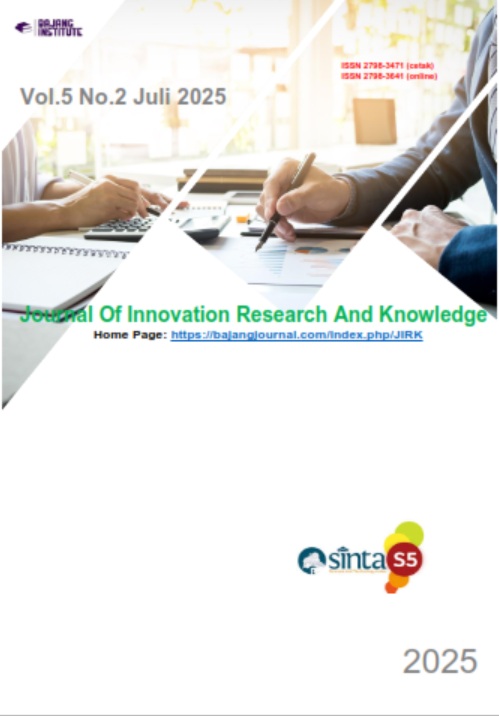STRATEGIC COMMUNICATION BY SOCH FACT CHECK AGAINST ELECTORAL DISINFORMATION IN PAKISTAN 2024
Keywords:
Digital Literacy, Disinformation, Fact-Checking, Pakistan Elections, Strategic CommunicationAbstract
This study analyzes the communication strategy of SochFactCheck, a Pakistani fact-checking organization, during the 2024 General Elections. It employs Strategic Communication Theory and Qualitative Content Analysis (QCA) to examine 52 disinformation cases, focusing on how SochFactCheck structured, disseminated, and evaluated counter-narratives. Disinformation tactics included deepfakes, AI-generated political resignations, and gendered attacks primarily targeting PTI (Pakistan Tehreek-e-Insaf) leaders. Through a four-phase strategic model situational analysis, message development, message delivery, and evaluation SochFactCheck deployed a hybrid communication system integrating online platforms and offline journalist workshops. The results demonstrate SochFactCheck’s evolution from a reactive fact-checking outlet to a strategic actor capable of shaping public resilience and digital literacy. This study underscores the role of independent media in countering AI-driven political manipulation in fragile democracies
References
Claire, W., & Hossein, D. (2017). Information disorder: Toward an interdisciplinary framework for research and policy making / Reports / Publications / Media Freedom in Europe - Resource Centre by OBCT - Resource Centre. Information Disorder: Toward an Interdisciplinary Framework for Research and Policy Making, 20–25. https://rm.coe.int/information-disorder-report-november-2017/1680764666?ct=t()
Digital Rights Foundation. (2024). PLATFORMS AT THE POLLS : DISINFORMATION , POLITICAL ADS & ACCOUNTABILITY DURING THE 2024 PAKISTAN GENERAL ELECTIONS.
Hallahan, K., Holtzhausen, D., van Ruler, B., Verčič, D., & Sriramesh, K. (2007). Defining Strategic Communication. International Journal of Strategic Communication, 1(1), 3–35. https://doi.org/10.1080/15531180701285244
Hobbs, R., & Program, S. (2010). Digital and Media Literacy: A Plan of Action. A White Paper on the Digital and Media Literacy Recommendations of the Knight Commission on the Information Needs of Communities in a Democracy. Aspen Institute, 67. www.wordle.net.
Livingstone, S. (2004). Media literacy and the challenge of new information and communication technologies. http://eprints.lse.ac.ukhttp//www.lse.ac.uk/collections/media@lse/whoswho/Sonia.Livingstone.htm
Mihailidis, P., & Thevenin, B. (2013). Media Literacy as a Core Competency for Engaged Citizenship in Participatory Democracy. American Behavioral Scientist, 57(11), 1611–1622. https://doi.org/10.1177/0002764213489015
Schreier, M. (2012). Qualitative Content Analysis in Practice. Qualitative Content Analysis in Practice. https://doi.org/10.4135/9781529682571
Smith, R. D. (2017). Strategic planning for public relations: Fifth edition. Strategic Planning for Public Relations: Fifth Edition, 1–540. https://doi.org/10.4324/9781315270876/STRATEGIC-PLANNING-PUBLIC-RELATIONS-RONALD-SMITH/RIGHTS-AND-PERMISSIONS
Tucker, J. A., Guess, A., Barbera, P., Vaccari, C., Siegel, A., Sanovich, S., Stukal, D., & Nyhan, B. (2018). Social Media, Political Polarization, and Political Disinformation: A Review of the Scientific Literature. SSRN Electronic Journal. https://doi.org/10.2139/SSRN.3144139
Bradshaw, S. (n.d.). Industrialized Disinformation 2020 Global Inventory of Organized Social Media Manipulation 70 2020 GLOBAL INVENTORY OF ORGANIZED SOCIAL MEDIA MANIPULATION [ i ].















